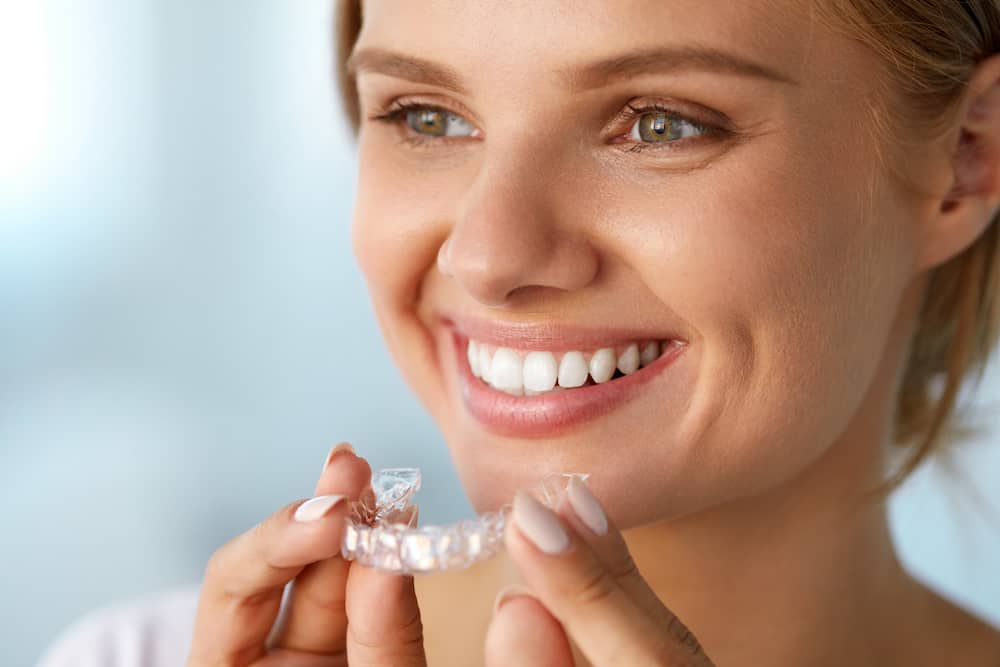Invisalign claims to fix issues ranging from mild or moderate to severe, which seems hard to do just with plastic aligners around your teeth. Invisalign aligners alone can’t always correct more complex problems, but luckily there are ways to give the power of this orthodontic treatment a boost. Here’s what you need to know about Invisalign attachments.
What Are Invisalign Attachments?
Sometimes the clear, plastic aligners used in Invisalign treatment need some assistance in moving teeth properly. Invisalign attachments are small button-like bumps that are adhered to the teeth and are the same color to make them less noticeable. They help the aligners move teeth that may be challenging to move due to their size, shape, or position in your mouth.
Think of these attachments as anchors for your aligners, which help move the teeth to their correct positions.
How Invisalign Attachments Work
These small anchors are typically placed on the middle of the tooth and can be found in a variety of shapes, such as square, circular or triangular, depending on why they are needed. Once the attachments are secured to the specific teeth that need them, the aligners attach to them, providing a tighter, more accurate fit. Attaching your aligners to these attachments after you have removed them to eat or brush your teeth may take a little practice at first, but it shouldn’t take long to become a pro.
Not all patients need this extra step in their treatment plan, and not all teeth will need the attachments either. Invisalign attachments are mainly for patients who have some teeth that need a little extra help moving. These attachments help the Invisalign system move teeth that the aligners alone wouldn’t be able to move.
Oral Hygiene with Invisalign Attachments
When these attachments are in place, being careful to properly clean around them is crucial. Food has a tendency to build up around the attachments, and since they are permanently attached to the teeth, you won’t be able to remove them to clean your teeth. This is why properly cleaning your teeth after meals is advised. This will help you stay on top of your oral hygiene habits and keep your teeth free from bacteria, which is the cause of tooth decay and gum disease.
Invisalign Attachments and Your Treatment Plan
If you’re a patient who has a more complex problem and are worried you may not be a candidate for Invisalign, speak with your orthodontist about your options. Invisalign is not just for minor problems, and Invisalign attachments make it easier to correct more complex issues with ease. So, don’t rule it out yet, discuss your options with a qualified Invisalign orthodontist first.
